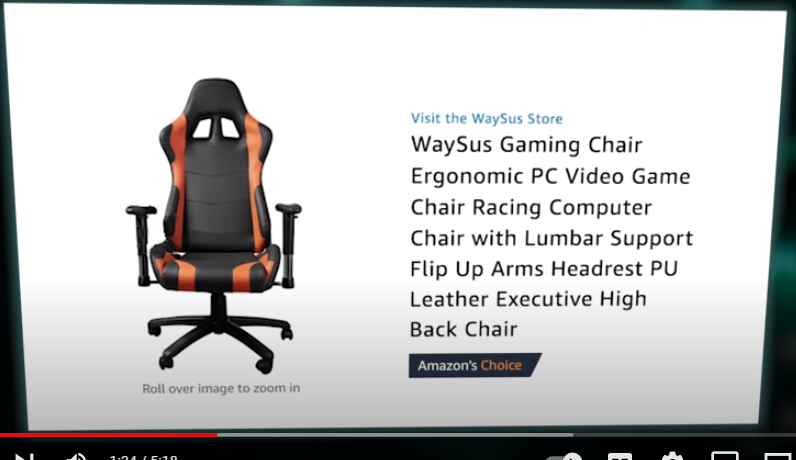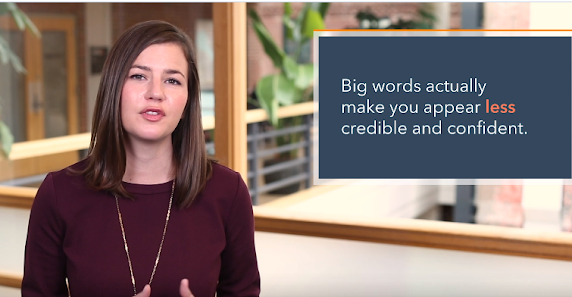by Ariella Brown
I just attended an event with the title " Information Gain Content: How to Increase Traffic 16,500% by Going Above & Beyond with Bernard Huang." Did the session live up to its clickbait title?
Not at all.
This wasn't necessarily Bernard Huang's fault. The presentation was hosted by the Top of the Funnel group that favors these types of large numbers that sound just specific enough that people may believe they are real.
Earlier this month, it offered "Social Copywriting Secrets: Building an Audience of 114,985 with Eddie Shleyner" I attended that one, too, and there was nothing in it that justified that number as the guaranteed result of some tactic you could apply. Shleyner just emphasized sticking to good, authentic storytelling to keep your audience engaged.
There were no easy-to-apply tricks in this session. If anything, it was about the reason the old tricks no longer work. Huang explained that Google is currently applying its stated standard of Experience, Expertise, Authoritativeness, and Trustworthiness (E-E-A-T) in the context of its AI overview.
My main takeaway from this session was not that it's easy to increase your traffic on Google but that it simply has switched one set of algorithmic rules for another, now including its own AI reads on content and that this is not necessarily a good thing.
What bad about this?
The bottom line is that Google is relying very heavily on consensus as well as pre-established authority. That means that it is very easy for the sites that have already built up big audiences and strong rankings on Google to leverage that to put out proclamations that will be accepted as true, especially when they are -- inevitably -- echoed by the wannabee followers and all those who pretend to be thought leaders by parroting what influencers already say.
In other words, truly original thoughts by those who are not just reinforcing group think will likely be buried. I did raise this question and wasn't wholly reassured by the answer. It was that, yes, Google expects all points of consensus on a particular topic to be represented. If they are not present, your content will be an outcast. The only way you have a chance to be noted is if you play the contrarian game by refuting the consensus views point by point. Not giving it that nod is SEO suicide.
This is truly the opposite of a democratic platform in which understanding of history and current events is allowed to rise or fall based solely on its own merit rather than the pre-established narrative. George Patton would be appalled. He's the one who said: "If everyone is thinking alike, then somebody isn't thinking."
Google's algorithms are designed to reward those who follow in the paths preset by others rather than really thinking for themselves.
P.S. For the story behind the illustration above, see my LinkedIn post.
Related:
Aim higher than SEO for your marketing
What Edison can teach us about SEO
















